
Challenge
Malaria affects over 3.5 million people in Bolivia each year. The Amazon basin regions of Beni and Pando have the country’s highest infection rates. In these regions, migratory worker populations, such as castañeros, or Brazil nut harvesters, run a high risk of malaria infection. Malaria is a great burden on the workers, their families, and even the country’s economy. When castañeros are sick with malaria, family income drops since workers do not earn their wages and family members stay home to care for them. In addition, the country’s Brazil nut market suffers. Bolivia supplies about 80 percent of the world’s Brazil nuts, with an annual market value of $48 million. At least 15,000 families from rural areas depend on this market for survival.
Initiative
In coordination with USAID, Bolivia’s Ministry of Health conducted a pilot study that involved training local health providers and voluntary health workers in malaria-prevention and treatment techniques. They learned how to use a rapid diagnosis test to quickly identify individuals among migrant populations who had contracted malaria. They also learned how to administer treatment and treated all malaria-infected individuals prior to their return home.
Results
About one-third of 2,400 castañeros tested positive for malaria and they received immediate treatment. The USAID-sponsored pilot test demonstrated the effectiveness of this approach among migrant populations and strengthened local capacity in early diagnosis and treatment of malaria. The Ministry of Health and the National Malaria Program have committed resources to continue this project, with the promise of improving the health and productivity of many more Bolivians for years to come.

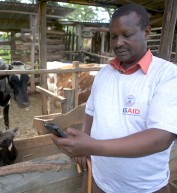
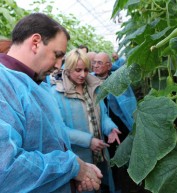
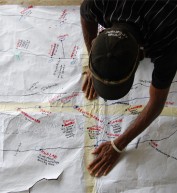
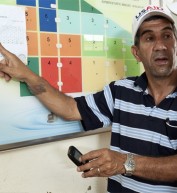

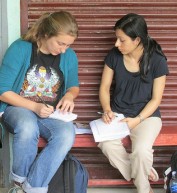
Comment
Make a general inquiry or suggest an improvement.